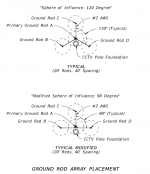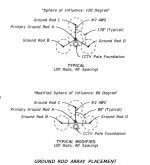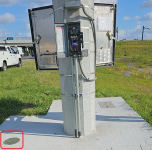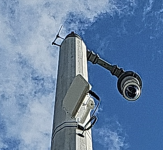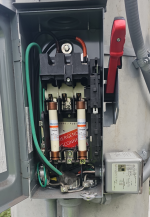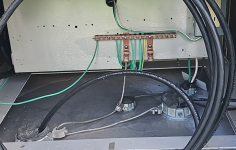Cjmccarthy
Member
- Location
- Florida
- Occupation
- Project Coordinator FDOT
I am working with a contractor that is using a 20 foot ground rods, when they install the disconnect, they bond it to one ground rod 20 foot deep and then bond it to the "Ground Array" about 6 feet away. The contractor referenced NEC 250.53 (B) that requires a minimum of 6 feet separation. I told them that that is "Minimum" and each ground rod has its own zone of influence. The optimal spacing between rods should be twice the length of the ground rod. When the zones overlap, the net resistance of each rod increase, thus making the ground system less effective. I have found that when searching "Ground Rod" installation, but the Contractor keeps coming back to the NEC 250.53 (B). does NEC reference the zone of influence?

